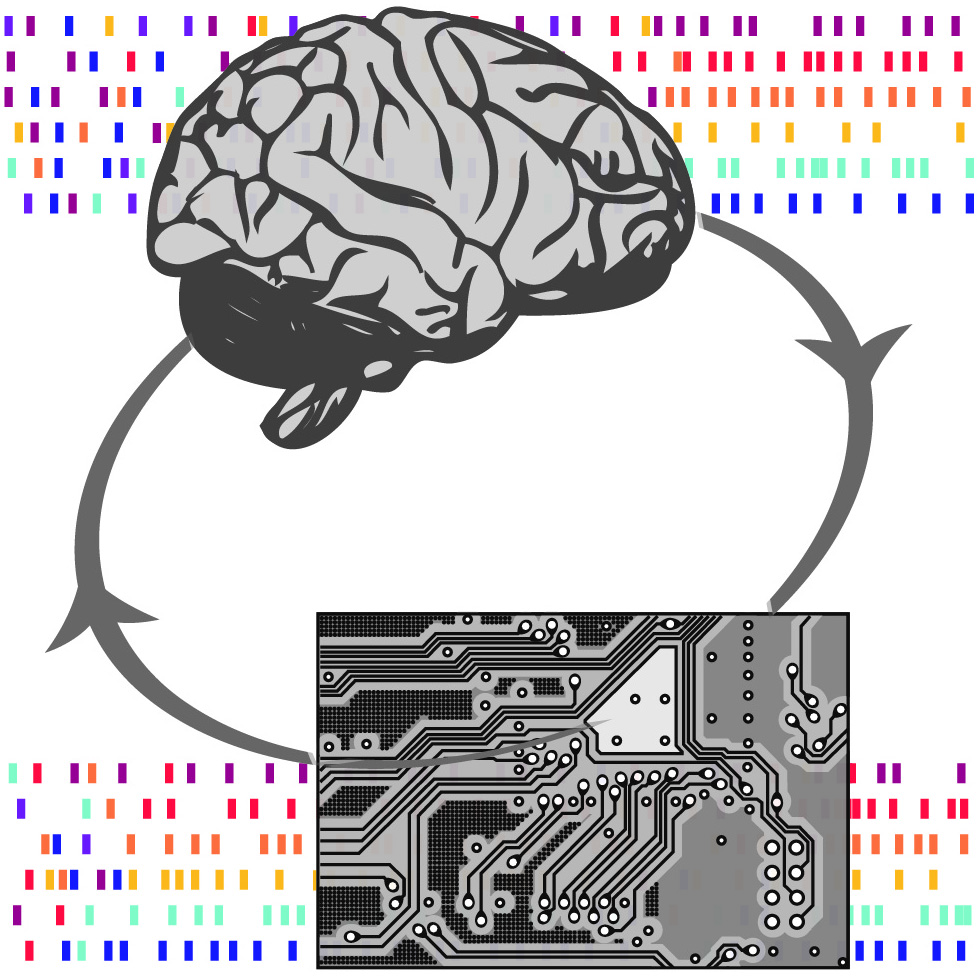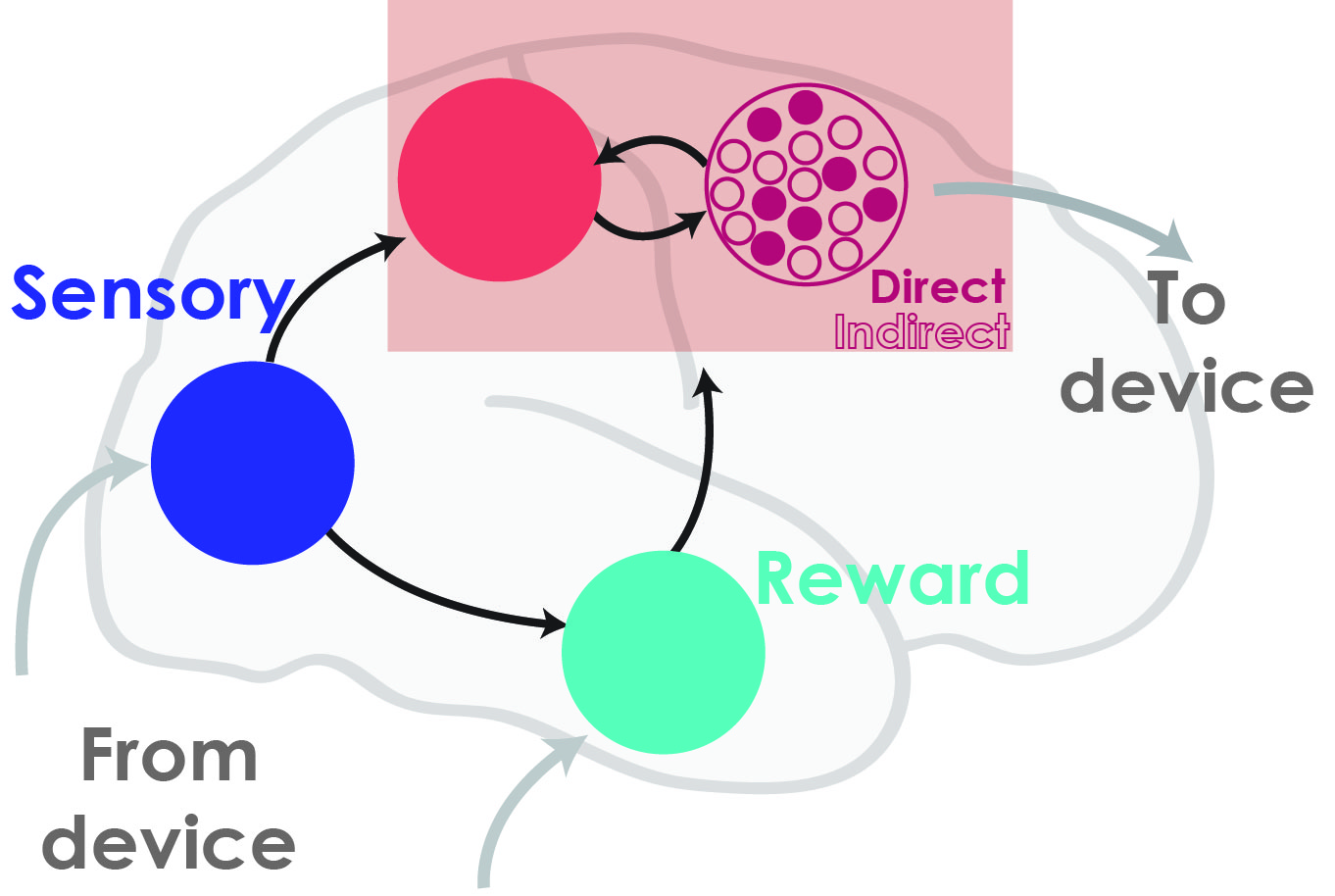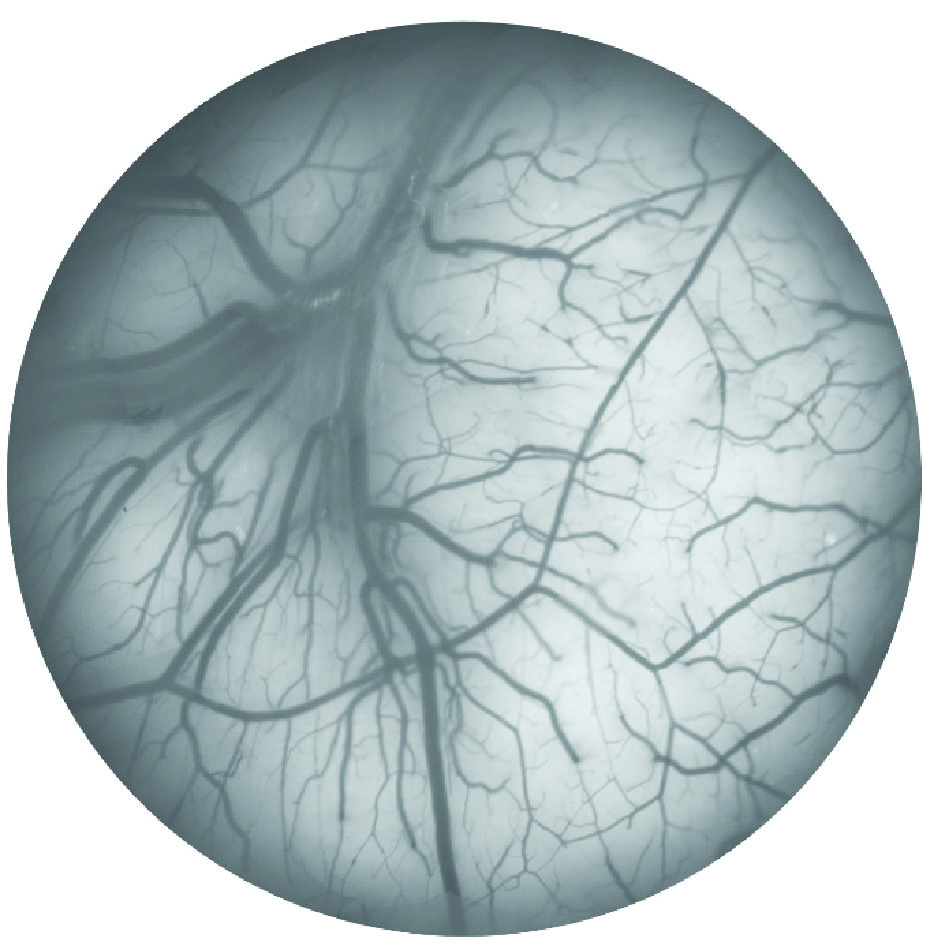Research
Adaptive neural interfaces

Brain-machine interfaces (BMIs) use neural activity control new devices, or stimulate neural activity to relay new information. BMIs show great therapeutic promise, and have successfully restored movements to individuals with paralysis. Interfacing the brain with machines, however, is not a simple matter of restoring broken connections. BMIs do not purely “read out” an established function—they present the brain with a new system it learns to control. A key area of the lab's research focuses on understanding this new adaptive system, and how to fully leverage neural adaptation and skill learning to achieve robust, high-performance neuroprostheses for diverse clinical populations.
Example directions:
Neural interfaces to study learning

Brain-machine interfaces are not only useful for therapeutic applications, they are also tools to study neuroscientific questions. BMIs engage and depend on a wide array of innate learning mechanisms to produce meaningful behavior. BMIs precisely define the information streams into and out of the brain, but engage wide-spread learning. We use BMI, combined with state of the art systems neuroscience techniques to measure/manipulate the brain, to parse complex learning behaviors like "skill" and their underlying neural mechanisms. (see Orsborn and Pesaran, 2017)
Neural implants for studying large-scale circuits

New neurotechnologies provide opportunities to study neural circuits at increasing levels of specificity and for longer periods of time. These techniques are critical for gaining new insights into neural function, and will enable new therapies. Relatively few modern neuroscience techniques have been deployed in non-human primate animal models, which are a essential model systems for human clinical translation. Our lab specializes in system integration and packaging to deploy novel combinations of techniques in non-human primates. For instance, we developed implants to combine simultaneous electrophysiology at different spatial scales (Orsborn et al., 2015) and to integrate electrophysiology with optical measurements/manipulation (Kleinbart et al., 2017). We're interested in using novel implants and techniques to better study neural circuit function during primate behavior, and for developing human-translational neural implants.